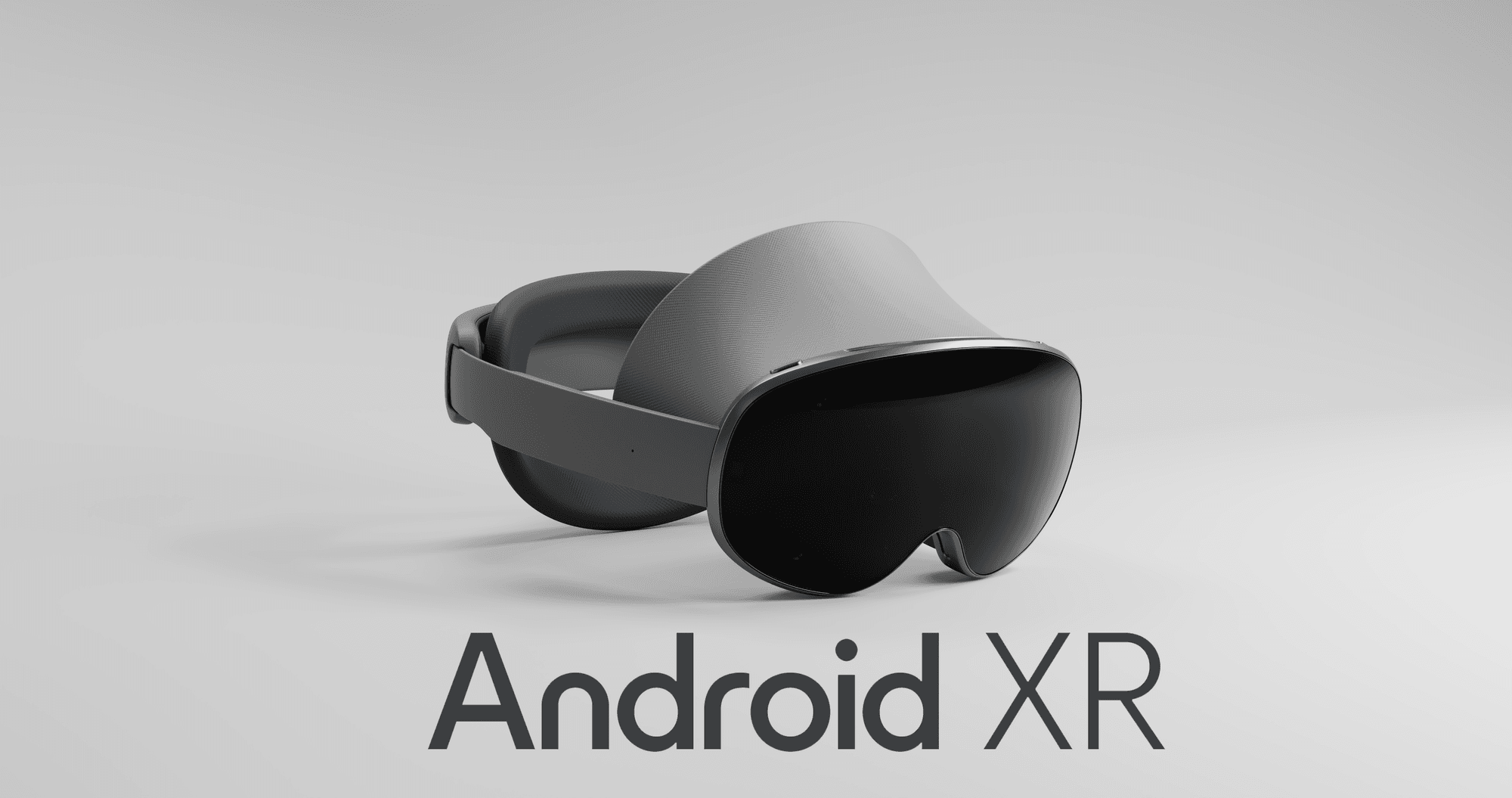In the rapidly evolving landscape of augmented reality (AR) and extended reality (XR), Google AR Glasses stand at the forefront of innovation. As the demand for immersive experiences grows, Google has been actively developing its AR ecosystem, leveraging Android XR technologies to enhance user experiences across industries. These advanced AR glasses are poised to redefine the way we interact with digital content, merging the virtual and physical worlds seamlessly.
In this article, we will explore why Google AR Glasses matter, delve into the technology behind them, analyze their potential applications and challenges, and compare them with leading competitors like Apple Vision Pro and Meta Quest 3.
Why Google AR Glasses Matter
The need for AR technology has been expanding beyond entertainment and gaming into sectors such as healthcare, education, manufacturing, and retail. Google AR Glasses provide numerous benefits, including:
- Enhanced Productivity:
With real-time data overlays, users can access essential information hands-free, improving efficiency in industries like logistics and healthcare. - Revolutionizing Learning and Training:
AR-based educational tools create immersive experiences, allowing students and trainees to visualize complex concepts interactively. - Seamless Communication:
Integrated AI and real-time translation capabilities help break language barriers, making global communication easier. - Accessibility and Assistance:
AR glasses assist individuals with disabilities, offering navigation guidance and real-time object recognition. - Entertainment and Gaming:
AR gaming enhances real-world interaction with digital overlays, pushing the boundaries of immersive entertainment.
The Technology Behind
Google AR Glasses
1. Hardware Innovations
- High-Resolution Micro-OLED Displays:
Google AR Glasses use micro-OLED displays to deliver crisp visuals with minimal latency, ensuring an immersive AR experience. - Advanced Optics and Waveguides:
These enable lightweight and compact designs while ensuring high-quality holographic projections. - Powerful Snapdragon XR Processors:
Qualcomm’s Snapdragon XR chips optimize graphics rendering and AI-based computations for seamless AR interactions. - Eye and Hand Tracking Sensors:
Equipped with LiDAR and infrared cameras, the glasses enable precise gesture and gaze-based controls. - Built-in 5G and Wi-Fi Connectivity:
Real-time data processing is enhanced with ultra-fast wireless connectivity, ensuring smooth cloud-based AR experiences. - Adaptive Battery Technology:
Improved energy efficiency through custom-designed battery optimization allows for prolonged AR sessions.
2. Software and Android XR Integration
- Android XR Development Platform:
Google’s AR glasses run on an advanced Android XR framework, allowing developers to create applications using ARCore and OpenXR standards. - Cloud-Based AI Processing:
Google’s AI and machine learning models process complex visual and spatial data, enabling real-time object recognition and contextual awareness. - Google Lens and Google Assistant Integration:
These features provide intelligent assistance, translating text, identifying objects, and executing voice commands. - Enhanced Spatial Mapping:
Google’s Visual Positioning System (VPS) and SLAM (Simultaneous Localization and Mapping) enable precise location tracking and AR overlays.
Market Availability and Pricing
Google has not yet officially released AR Glasses for the consumer market, but prototypes have been showcased at various tech events. Based on industry trends, Google’s AR glasses are expected to launch in the next couple of years, with an anticipated price range of $1,500 to $2,500, targeting professional and enterprise users before mass-market adoption.
Comparison with
Apple Vision Pro and Meta Quest 3
Google AR Glasses face strong competition from Apple and Meta, both of whom have made significant strides in the XR space. Below is a comparison of these leading AR/VR headsets:
| Feature | Google AR Glasses (Expected) | Apple Vision Pro | Meta Quest 3 |
|---|---|---|---|
| Display | Micro-OLED, High-Resolution | Micro-OLED 4K | LCD |
| Processor | Snapdragon XR | Apple M2 + R1 | Qualcomm XR2 |
| Connectivity | 5G, Wi-Fi | Wi-Fi 6E | Wi-Fi 6 |
| Tracking | Eye + Hand Tracking, LiDAR | Eye Tracking + Hand Gestures | Inside-out Tracking |
| Software | Android XR, ARCore | visionOS | Meta Horizon OS |
| Price | $1,500 – $2,500 (Expected) | $3,499 | $499 |
| Target Audience | Enterprise & Professional | Professionals & Consumers | Gamers & Casual Users |
Key Applications and Future Potential
- Healthcare:
Surgeons can leverage AR glasses for real-time data visualization during procedures, while medical students benefit from 3D anatomy training. - Education:
AR-based interactive learning transforms traditional education by offering immersive lessons and real-world simulations. - Retail and E-Commerce:
Virtual try-on experiences allow customers to preview clothing, accessories, and furniture before making purchases. - Manufacturing and Engineering:
AR glasses provide step-by-step guidance for complex machinery assembly and troubleshooting. - Workplace Collaboration:
Remote teams can utilize AR conferencing to collaborate effectively in a shared digital space. - Navigation and Tourism:
AR-guided tours enhance exploration with real-time historical and cultural information. - Security and Defense:
Law enforcement and military personnel use AR for mission planning and situational awareness.
Challenges and Considerations
While Google AR Glasses present groundbreaking opportunities, there are several challenges to address:
- Privacy Concerns:
AR devices with built-in cameras raise concerns about surveillance and data security. - Hardware Limitations:
Balancing performance and battery life remains a significant challenge in achieving optimal device efficiency. - Cost and Accessibility:
High production costs may limit widespread adoption, requiring more affordable versions for mass-market penetration. - Regulatory Compliance:
AR technology must comply with various industry regulations, especially in healthcare and finance. - User Experience and Social Acceptance:
Adoption depends on user comfort, design aesthetics, and social perceptions of wearing AR glasses in public.
Conclusion
Google AR Glasses, powered by Android XR, represent a monumental step towards the future of augmented reality. With continuous advancements in hardware and software, these smart glasses promise to enhance productivity, communication, learning, and entertainment across multiple sectors. However, addressing privacy concerns, optimizing battery efficiency, and making the technology accessible will be crucial for widespread adoption. As AR technology evolves, Google’s AR Glasses are poised to revolutionize human-computer interaction, paving the way for a truly immersive and intelligent digital future.
(Click notification ![]() for more updates)
for more updates)
Artical was written by V.Harishram
''Stay true, bring facts to you''

